The transition of chicken from a “rare luxury” to an everyday protein was one of the food sector’s success stories of the 20th century.
In fact, many of us who were brought up as late as even the 1980s will remember how chicken was something reserved for a Sunday roast – not the hugely versatile and affordable food that we now take for granted.
Rightly or wrongly (for those that oppose so-called factory farming), an industrialisation of production methods helped to “democratise” chicken and transform it into a mass-produced meat, according to Henley Business School professor of business history Andrew Godley – who was quoted in a Sunday Times article at the weekend.
But as the food sector grapples with soaring costs throughout the supply chain, could we soon see an end to that democratisation?
That’s certainly what outgoing Co-op boss Steve Murrells thinks. Quoted in the same Sunday Times article (which was then widely lifted by most of the UK’s national media), Murrells warned the spiralling cost of feed meant chicken could soon “become as expensive as beef”.
Speaking at an industry event, Murrells noted how the poultry sector had “particular challenges” from the rising production costs plaguing vast tracts of the food sector.
He’s not wrong. As The Grocer has reported on numerous occasions over the past six months, suppliers are facing a devastating increase in the cost of production that shows no sign of slowing down.
Indeed, for many farmers, it’s now becoming a question of whether it is still even affordable to feed livestock or plant crops.
This was laid bare by new research from feed business AF at the end of April, which revealed farmers and producers saw a 107.7% increase in fertiliser prices in the six months to March, a 27% increase in feed and a 29% increase in fuel. And these increases contributed towards an “eye-watering” 46% rise in average production costs over the past 18 months.
Meanwhile, research for the NFU, published by The Grocer a fortnight ago, represented the latest warning that many farmers are on the brink of going out of business. Up to a fifth of those polled predicted a big drop-off in volumes without major increases in farmgate prices.
And poultry producers are particularly exposed to the inflationary pressures currently crippling the food sector. While beef producers can feed their animals on grass for large portions of the year, poultry producers have a far greater dependance on feed, Murrells pointed out.
“You could see a shift into pasture [animals], you could see a shift into more plant-based food. Customers will have to be savvy about what they can afford,” he added.
Such a move could be seismic for a category that attracted more than £1.8bn in sales for fresh chicken in the mults alone last year [Nielsen 52 w/e 11 September], and one that has seen volumes grow by 11.9% since 2018.
Murrells’ comments follow calls for price increases from the poultry sector itself, with 2 Sisters Food Group president Ranjit Singh insisting last October that chicken was “too cheap”. Indeed, an average bird costs around £3.50 – the same as it did 10 years ago.
And perhaps retailers have been listening. Assosia data shows there have already been 635 price increases across the fresh chicken category (in the big four, Aldi, Lidl and Waitrose) since the turn of the year, which is 19.6% higher than the total for 2021 in its entirety.
However, as the Sunday Times report noted, prices would have to rise further to cover the surge in production costs. According to NFU data, the cost of rearing a chicken is up 50% year on year.
At the same time, however, consumers are facing a mounting cost of living crisis. Last week, food poverty charity The Trussell Trust said it had provided more than 2.1 million parcels to people facing food poverty between 1 April 2021 and 31 March this year – a 14% increase.
So what should retailers do? Keep prices down to keep food affordable, or pay farmers and suppliers more to avoid them going out of business – which could ultimately push up the price of food in the longer term.
It’s an unenviable position to be in, and one that will doubtless be troubling many in the food sector as this crisis worsens.
Shoppers, too, will face some tough decisions ahead. Such as whether to relegate chicken back to the Sunday roast, which could ultimately spell further pain for what is very much a home-grown fresh poultry sector.







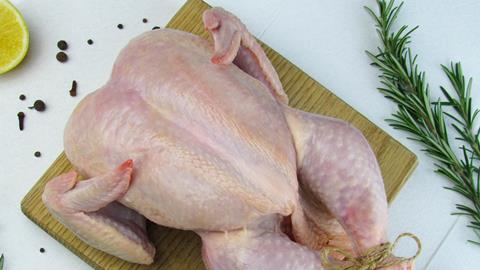
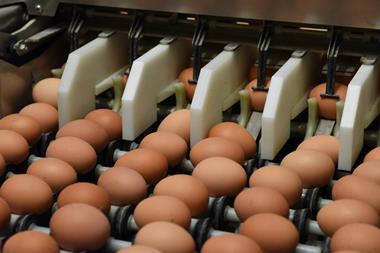
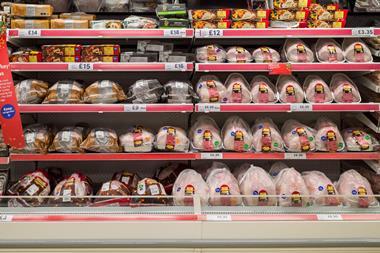
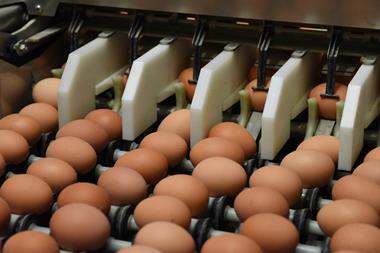
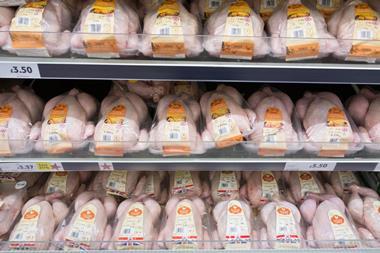

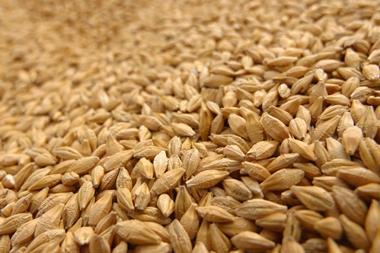


























No comments yet